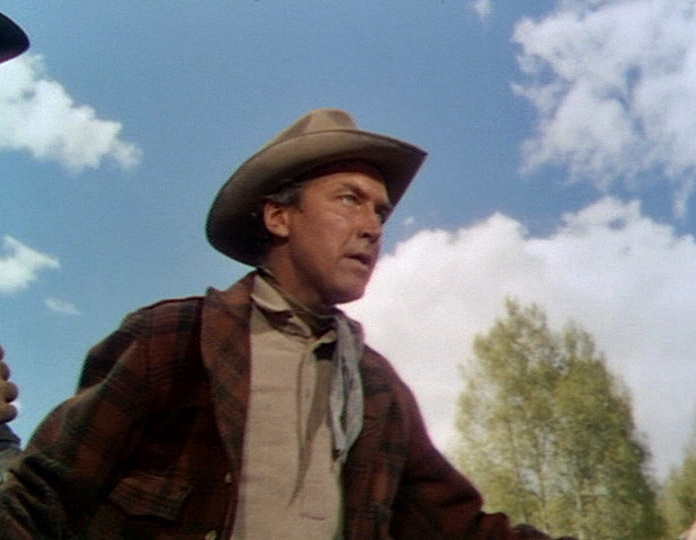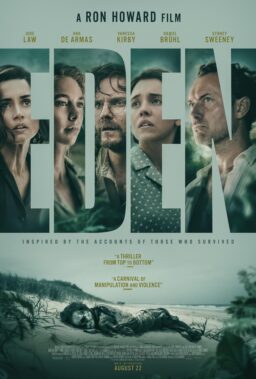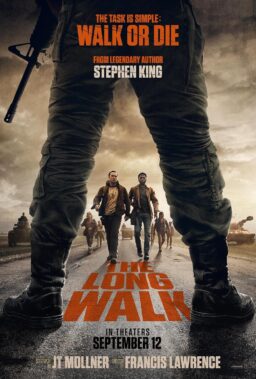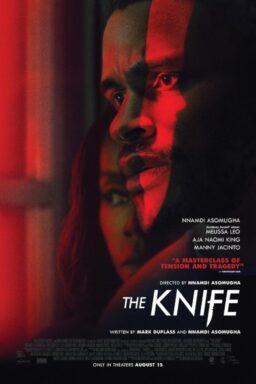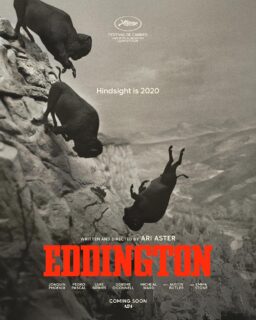TELLURIDE, Colo. Jimmy Stewart came all the way up here to the mountains last weekend to honor a man who has been dead for almost 20 years. As you might have expected, most of the applause was for Stewart.
“No other actor has made more great movies,” said Bill Pence, the founder of the Telluride Film Festival, as he introduced Stewart. If you stop to think about it, that’s the truth. Maybe more to the point, no other actor has made more movies you’d like to see again, from “Rear Window” to “Philadelphia Story,” from “It's a Wonderful Life” to “Winchester 73.” Stewart was at the Telluride festival to honor the memory of Anthony Mann, the great director who starred him in four key Westerns of the 1950s: “Bend of the River,” “The Naked Spur,” “The Man from Laramie” and “Winchester 73.” Mann died in 1967, but Telluride decided it was time to call attention to his films again, to give Mann his place in the pantheon with John Ford, Howard Hawks and Raoul Walsh.
Stewart came here, via two airplane flights and a long drive, because, he said, he owed a personal debt to Mann.
“After I came back from the service in 1945,” Stewart said, “I had trouble getting my career going again. I wasn’t under contract to any studio, and I made about seven pictures that just didn’t go. Then somebody introduced me to Mann, who wanted to make ‘Winchester 73’ about 60 miles west of Tucson, and we hadn’t been filming for long before I knew this man had sort of brought things together for me.” Stewart sat on the little stage of the Sheridan Opera House with Manny Farber, the legendary film critic who devotes himself to painting these days instead of movies. Farber brought a painter’s eye to Stewart’s work in the movies, noticing that the subject of a Mann Western wasn’t a towering hero like John Wayne, but a more ordinary man, beset by difficulties and humiliations.
“There are times when Stewart’s lower lip sort of sags like a dog’s, he’s so discouraged,” Farber said, perhaps to Stewart’s amazement.
He compared Stewart’s famous voice to Billie Holiday’s: “They could both hit all kinds of notes and buried sounds and quiet tones, and stretch out the sense of time, so that the words didn’t come when you were expecting them.” Then Farber turned to Stewart, whose incredibly long legs were stretched out like beanpoles in a pair of blue jeans, and asked him where he got that voice.
“Frankly,” Stewart said, “I have been conscious that I do have a certain way of speaking. All I have to do is listen to Rich Little. But learning to speak was part of learning my craft. And in the studio system in the 1930s, we worked all day, every day, 8 to 6, learning how to act. I had a tendency to use my voice in different ways, and when I was at MGM I had a chance to experiment, with little roles in big pictures and big roles in little pictures. You talked about my playing around with time. I still have a tendency to slow up once in a while. I remember what Hitchcock would say, whenever I was talking too slow: ‘Jim, the scene is tired.’ I knew exactly what he meant.”
Farber talked about some of the complex action scenes in Mann’s Westerns, where there’s dust and confusion and dozens of extras in the background, and then in the foreground, Stewart reacts with perhaps just his eyes, or a special way of moving his body. “How long,” he asked, “did it take to get one of those takes, with maybe a lasso around you and everything filled with confusion and disbelief?”
“If you do more than two or three takes,” Stewart said, “they begin to get worried that there’s something wrong with the scene. They’ve set up a lot of people and movement in the background, and it’s all very closely planned, and the actor had better be ready to do his part. There’s a certain amount of discipline to it, acting not just with your face but with your body, and never allowing the body reaction to stop.
“Sometimes there’s a temptation in a big scene to relax for a moment, but a real person in a scene like that would be completely in the scene, and so the actor can’t afford to let the tension fall.”
That sort of talk sounds a little technical coming from Stewart, whose screen persona is often that of an “aw, shucks” common man. But Telluride is a festival attended by many film professionals, and the standing-room audience not only embraced Stewart with a standing ovation, but asked him some fairly technical questions, which he answered with the directness and self-knowledge of a man who has been at the top of his craft for 50 years. He didn’t get there by not knowing what he was doing.
“Well, it’s entirely different now,” Stewart said. “When the movies were being made, I was a terrible sneak preview person. When I was in a scene, the only person I could look at was myself. I wouldn’t have any idea how the scene played, or whether it worked, because I’d be thinking, ‘They had another shot that was better – why didn’t they use that one?’ Or ‘Why do they let me talk so slow? And why do they show me scratching my nose?’
“So I never went to sneak previews and I haven’t gone to see the daily rushes in 50 years. But today, looking back at these films, I kind of enjoyed it.”

